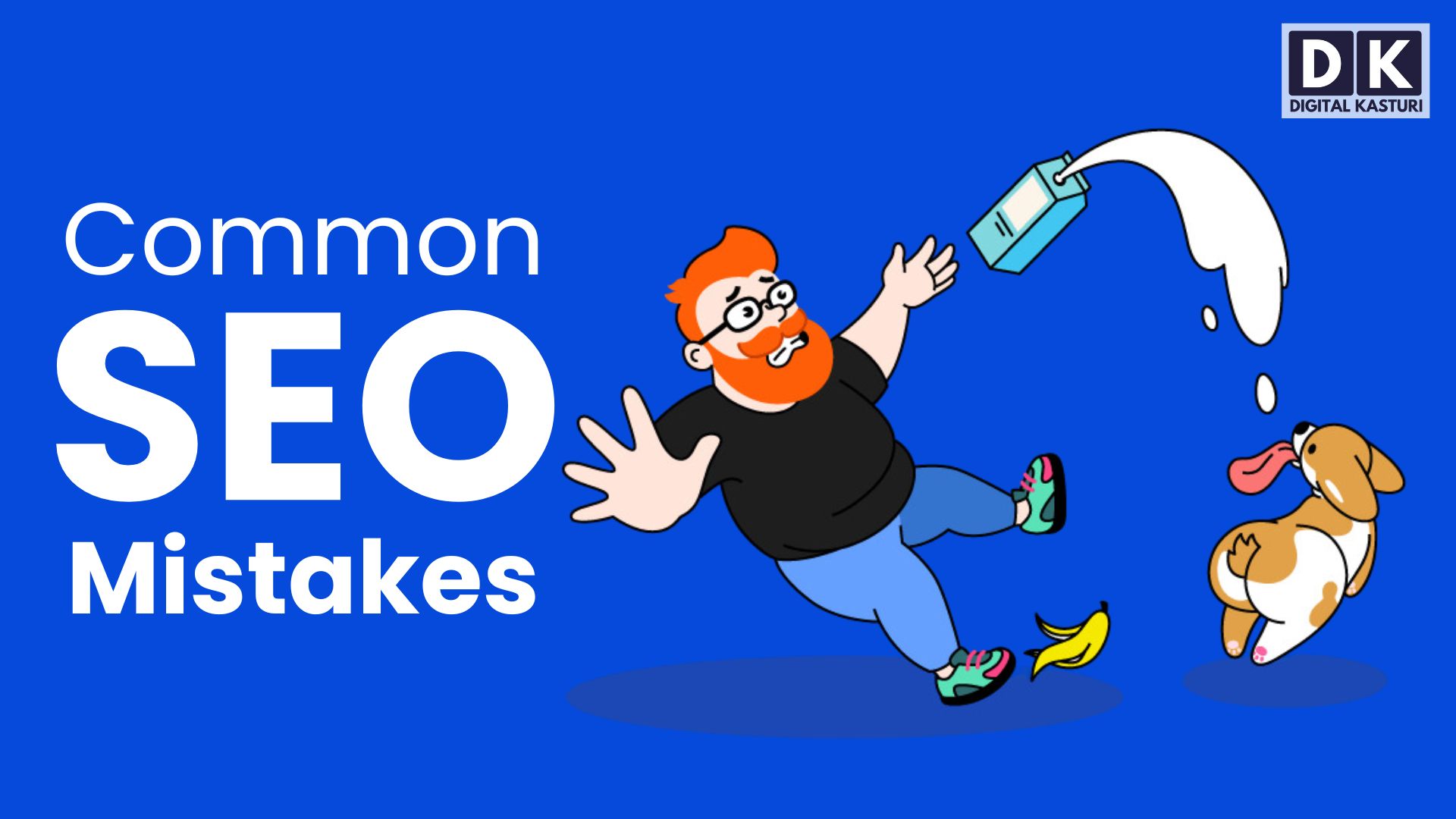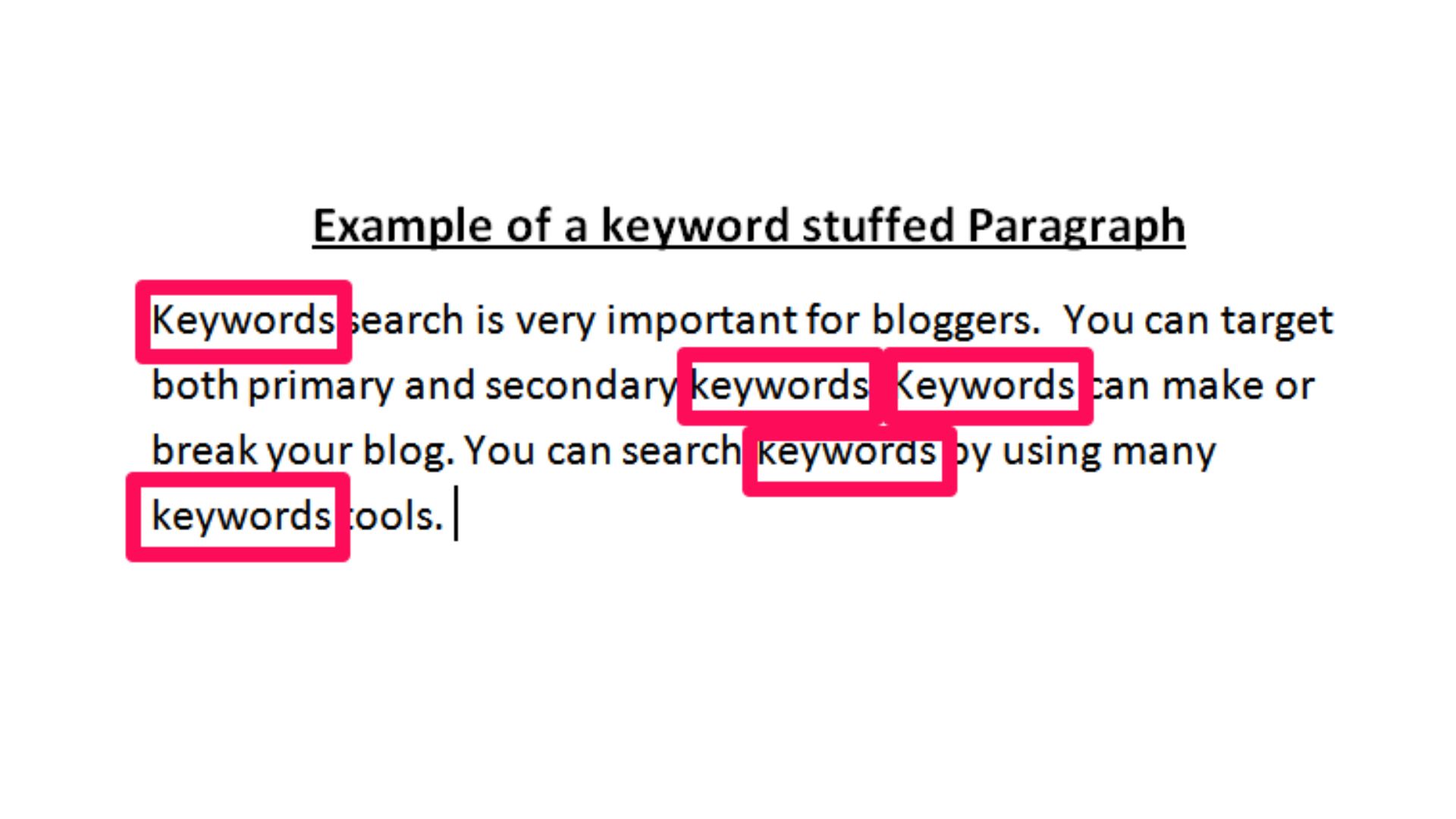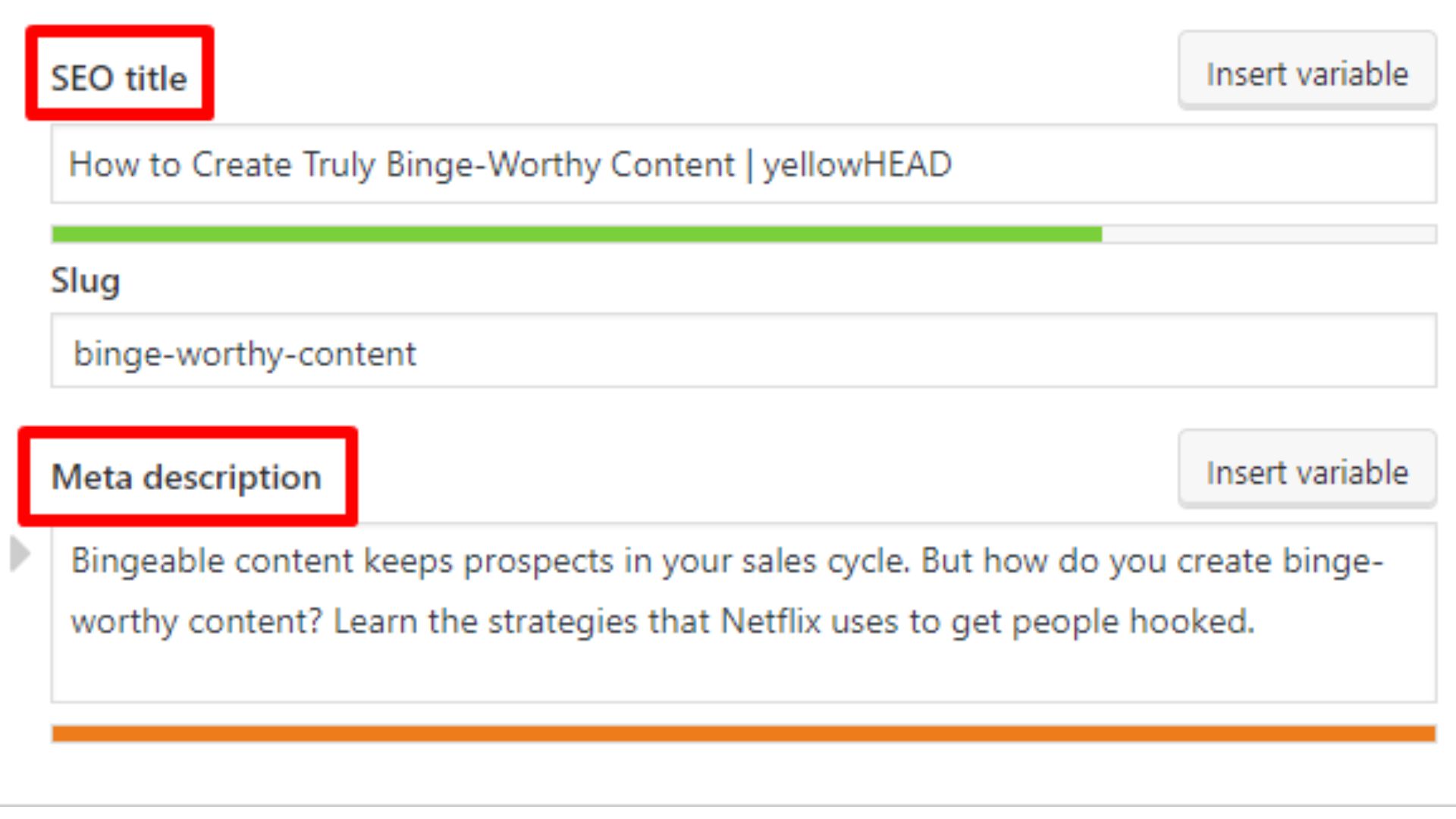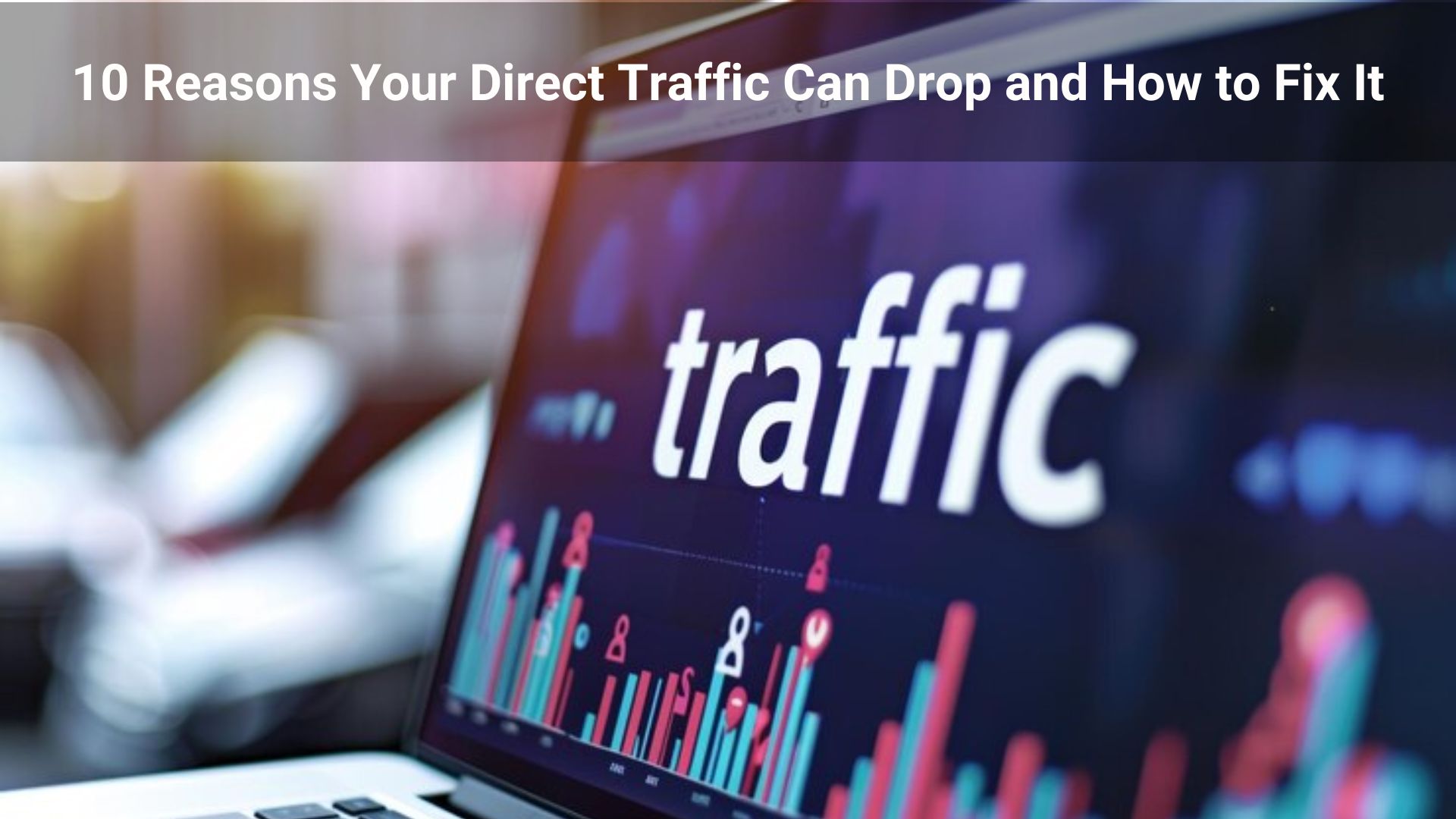Table of Contents
ToggleIntroduction
Search Engine Optimization (SEO) is essential for improving a website’s visibility and driving organic traffic. However, many businesses unknowingly make common SEO mistakes that hinder their rankings. In this guide, we’ll explore the most frequent SEO errors and how to avoid them to enhance your site’s performance. Whether you’re a business owner in Texas or a marketer working with an SEO company, these insights will help you optimize your website effectively.
Ignoring Keyword Research
Mistake: One of the most common SEO mistakes is neglecting proper keyword research. Without understanding what keywords your target audience is searching for, you’re unlikely to rank for the terms that matter.
Solution: Conduct thorough keyword research using tools like Google Keyword Planner, Ahrefs, or SEMrush. Identify both short-tail and long-tail keywords relevant to your business. Include geo-specific keywords if you’re targeting local markets such as Texas.
PRO TIP: Aim to find high-volume, low-competition keywords that will give you the best chance of ranking without overwhelming your resources.
Keyword Stuffing
Mistake: Overloading your content with too many keywords in an attempt to rank higher can hurt your SEO efforts. Google’s algorithms are smart enough to recognize keyword stuffing, and they may penalize your site for it.
Solution: Use keywords naturally in your content, ensuring they are relevant and placed in context. Aim for a keyword density of about 1-2%. Focus on creating high-quality, valuable content for users rather than trying to “game” the system.
Market Insight: Websites with high-quality content that effectively balances keyword usage can see a 30% increase in organic traffic compared to those that over-optimize.
Neglecting Mobile Optimization
Mistake: With mobile-first indexing, Google primarily uses the mobile version of your website for ranking. Neglecting mobile optimization can lead to lower search rankings, especially as more than 50% of global web traffic comes from mobile devices.
Solution: Ensure your website has a responsive design that adapts to different screen sizes. Test your site on mobile devices for usability and speed.
PRO TIP: In areas like Texas, mobile usage is higher than the national average. A mobile-optimized site will give you a competitive edge locally.
Slow Page Load Times
Mistake: Page speed is a critical ranking factor. A slow website leads to high bounce rates and poor user experience, which can damage your SEO efforts.
Solution: Optimize your images, enable browser caching, and minimize JavaScript to improve load times. Tools like Google PageSpeed Insights can help you identify what’s slowing your site down.
PRO TIP: Aim for your site to load in under 3 seconds. Faster websites can see up to a 20% increase in user retention.
Lack of Quality Backlinks
Mistake: Many website owners overlook the importance of building high-quality backlinks. Low-quality or spammy links can hurt your rankings.
Solution: Focus on acquiring backlinks from reputable, high-authority websites. Guest blogging, creating shareable infographics, and collaborating with influencers can help you build a robust backlink profile.
Market Insight: Websites with strong backlink profiles tend to see a 40% increase in organic traffic compared to those with few or low-quality backlinks.
Duplicate Content
Mistake: Publishing duplicate or plagiarized content can lead to search engine penalties. Google prefers unique, original content that adds value to users.
Solution: Always ensure that your content is original and offers something new to your audience. Use tools like Copyscape to check for plagiarism before publishing.
Poor Internal Linking Structure
Mistake: Not utilizing internal links effectively can prevent search engines from properly crawling your site. Internal linking is important for SEO as it helps distribute link equity across your site.
Solution: Create an internal linking structure that guides users through your website while keeping them engaged. Link to related articles and pages to improve the user experience and SEO.
PRO TIP: Use descriptive anchor texts that include relevant keywords. This makes it easier for search engines to understand the context of the linked pages.
Not Optimizing for Local SEO
Mistake: Failing to optimize your website for local searches means missing out on local customers. This is particularly important for businesses that operate in specific regions like Texas.
Solution: Optimize your Google My Business profile, ensure your NAP (Name, Address, Phone Number) is consistent across the web, and include local keywords like “Texas SEO company” in your content.
PRO TIP: According to research, 46% of all Google searches are for local businesses. Optimizing for local SEO can significantly boost your visibility.
Ignoring Meta Descriptions and Title Tags
Mistake: Meta descriptions and title tags are often neglected, but they play a vital role in click-through rates and search engine rankings. Poorly written or missing meta descriptions can hurt your SEO efforts.
Solution: Write clear, concise, and compelling meta descriptions and title tags. Include your primary keyword in both to improve search visibility and relevance.
Market Insight: Websites with optimized meta descriptions see up to 150% more clicks compared to those without.
Failing to Monitor SEO Metrics
Mistake: If you’re not tracking your SEO performance, it’s impossible to know what’s working and what isn’t. Many businesses fail to use analytics tools to monitor key SEO metrics.
Solution: Use tools like Google Analytics, Google Search Console, and SEMrush to track organic traffic, bounce rates, and keyword rankings. Regularly review these metrics to adjust your strategy accordingly.
PRO TIP: Set quarterly goals for your SEO metrics and make data-driven adjustments to continuously improve your site’s performance.
Texas SEO Company – The Local Edge
When choosing an SEO company, it’s important to consider geographic factors, especially if your business is located in a specific region like Texas. A local SEO company will have a better understanding of the market trends and search behaviors in Texas. They can help you target local audiences more effectively by using geo-specific keywords like “Texas SEO services” or “SEO company in Dallas.”
Local search optimization is crucial for businesses looking to attract customers from specific cities or regions. For example, Texas has a large and diverse market, with unique SEO needs compared to other states. A Texas-based SEO company will know how to tailor your SEO strategy to fit local search trends, driving more relevant traffic to your website with a dedicated SEO Process.
Key Takeaways
- SEO success requires ongoing effort and avoiding common mistakes like keyword stuffing and poor mobile optimization.
- Focus on building high-quality backlinks, optimizing for local SEO, and tracking performance metrics regularly.
- A Texas-based SEO company can offer valuable local insights and help you target regional audiences more effectively.
Common SEO Mistakes vs. Solutions
| SEO Mistake | Impact | Solution |
| Ignoring Keyword Research | Low visibility in search results | Conduct thorough keyword research |
| Keyword Stuffing | Google penalties, poor UX | Use keywords naturally within the content |
| Neglecting Mobile Optimization | Lower rankings in mobile search | Ensure your site is mobile-responsive |
| Slow Page Load Times | High bounce rates | Optimize images, enable browser caching |
| Lack of Quality Backlinks | Low domain authority | Focus on earning high-quality backlinks |
| Duplicate Content | Search engine penalties | Publish unique, original content |
| Poor Internal Linking | Difficult for search engines to crawl | Create a logical internal linking structure |
| Ignoring Local SEO | Missing local search traffic | Optimize for local SEO with Google My Business |
| Weak Meta Descriptions and Title Tags | Lower click-through rates | Write compelling, keyword-optimized meta-descriptions |
| Failing to Monitor SEO Metrics | No improvement in rankings | Regularly track key SEO performance metrics |
Conclusion
Avoiding common SEO mistakes is crucial to improving your website’s performance in search rankings. By optimizing for mobile, using high-quality backlinks, and focusing on local SEO strategies, you can drive more relevant traffic to your site. Remember, partnering with an experienced SEO company, especially one with local expertise in areas like Texas, can give you a competitive edge in your digital marketing efforts.
People Also Ask
Keyword stuffing, or overusing keywords in your content, can lead to penalties from search engines like Google. This reduces your rankings and makes the content unreadable. To avoid it, focus on using keywords naturally and limit keyword density to 1-2%. Prioritize user experience and the relevance of your content over excessive keyword use.
To optimize your website for mobile, ensure that it has a responsive design, meaning it adjusts to different screen sizes seamlessly. Test your site on various devices, improve page load speeds, and ensure the layout is user-friendly on mobile. Google prioritizes mobile-first indexing, so a mobile-optimized site is essential for high rankings.
Quality backlinks signal to search engines that your site is authoritative and trustworthy. They help improve your rankings. To build them, focus on creating valuable, shareable content, engage in guest blogging, and collaborate with reputable websites in your industry. Avoid spammy or irrelevant links, as they can negatively impact your SEO.
To avoid penalties for duplicate content, always create unique and valuable content. Use tools like Copyscape to check for plagiarism and avoid copying content from other sources. If you must use existing information, rephrase it in your own words or provide proper credit with external links. This ensures originality and prevents penalties.
Local SEO helps businesses rank higher for location-based searches. To optimize for local SEO, claim and optimize your Google My Business listing, ensure your NAP (Name, Address, Phone Number) is consistent across the web, and include local keywords like “Texas SEO services” if you’re targeting a specific region. Positive customer reviews also improve local rankings.
Slow page load times lead to higher bounce rates, as users tend to leave websites that take too long to load. This negatively impacts user experience, and search engines will penalize your site by lowering your rankings. To improve speed, compress images, enable browser caching, and minimize the use of heavy scripts.
A poor internal linking structure can hinder search engines from properly crawling your website. To fix it, create a clear hierarchy by linking related articles and pages. Use relevant anchor text that includes keywords, and ensure that every page on your site is just a few clicks away from the homepage. This improves site navigation and SEO.
Meta descriptions and title tags help search engines understand the context of your pages and improve click-through rates. Optimize them by including primary keywords, making them concise (title tags under 60 characters, meta descriptions under 160), and ensuring they are unique for each page. Compelling and relevant meta tags boost rankings and user engagement.
To track your SEO performance, use tools like Google Analytics, Google Search Console, and SEMrush. Monitor key metrics such as organic traffic, bounce rates, keyword rankings, and backlinks. Regularly review these metrics to identify areas for improvement. Setting measurable goals and analyzing trends helps you refine your SEO strategy.
Working with a local SEO company in Texas provides you with experts who understand regional search behaviors and market trends. They can help you target local audiences more effectively through geo-specific keywords and local optimization strategies. A Texas-based SEO company can give your business an edge in attracting customers in the region by tailoring your SEO to meet local demands.















